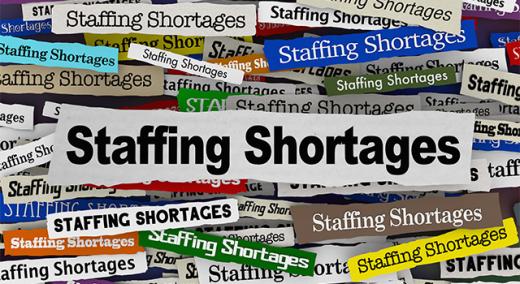Although the coronavirus pandemic changed the working lives of employees around the world, closing workplaces and transforming dining tables into professional workstations, it also gave employees a chance to time out and recharge from the hustle and bustle associated with office working.
|
ADVERTISEMENT |
The pandemic provided an opportune moment for those looking to start their own business, pursue a hobby on a professional level, or try their hand at something new, which came to be known as the Great Resignation. But while the pandemic acted as a catalyst of change for millions of workers, it also fed directly into the global skills shortage.
How are employers filling the skills gap?
Employers are taking a varied approach to filling the skills gap, which entails maximizing the skill set of existing staff, improving job desirability, and widening talent acquisition strategies.
…

Add new comment